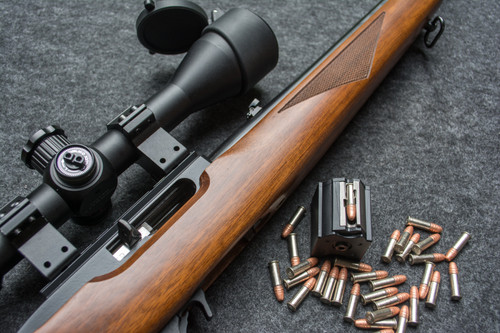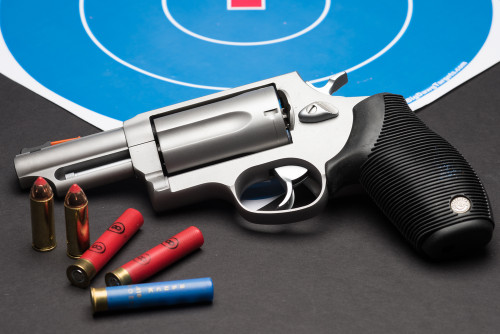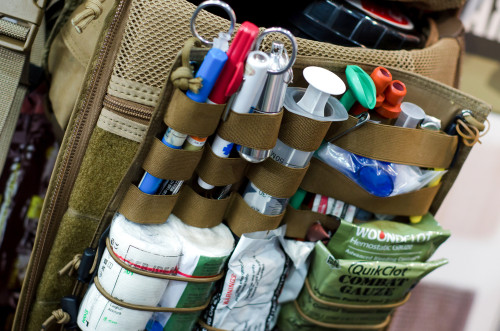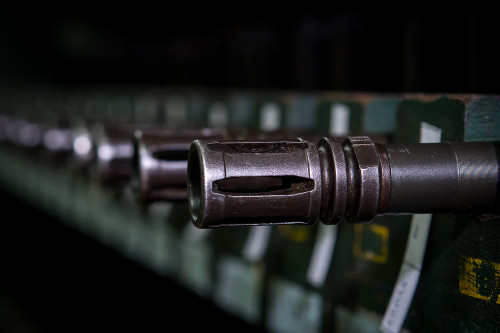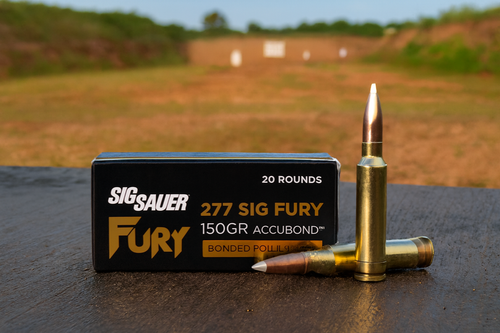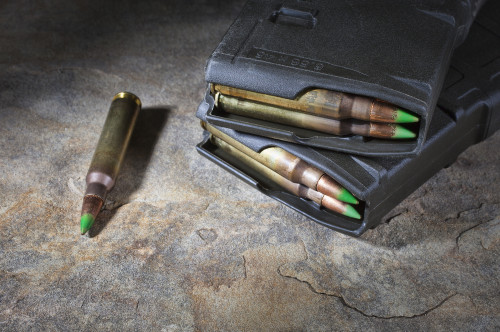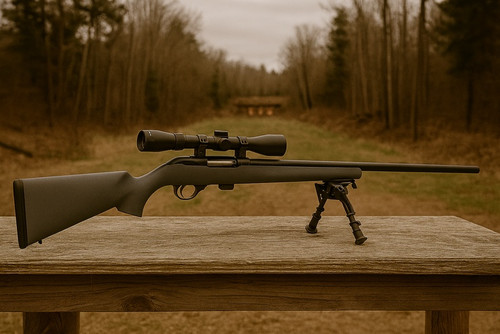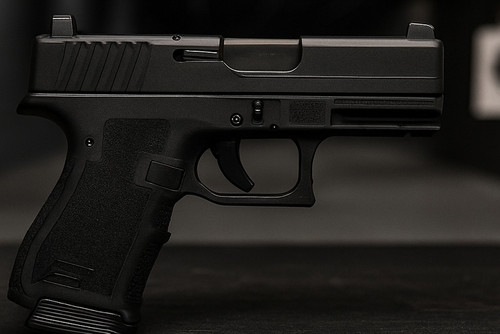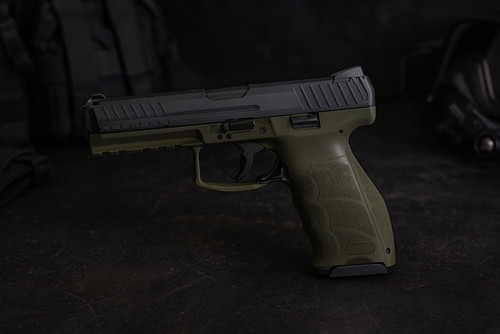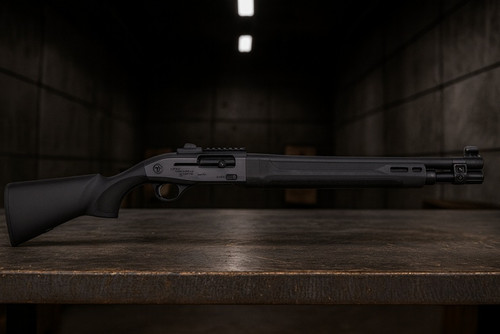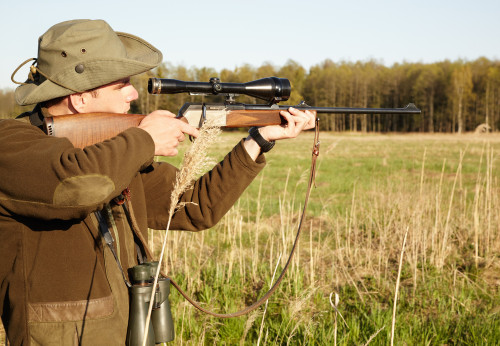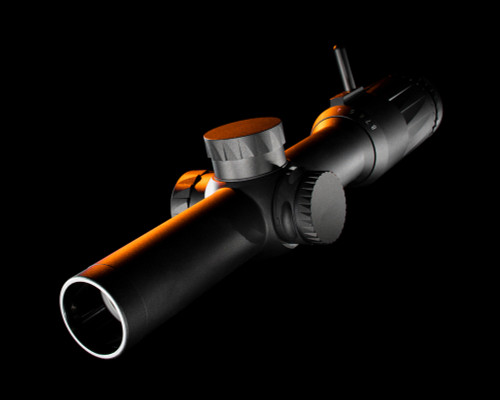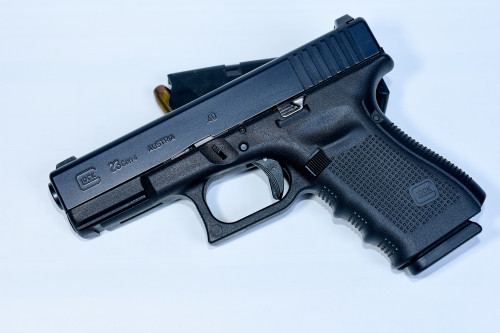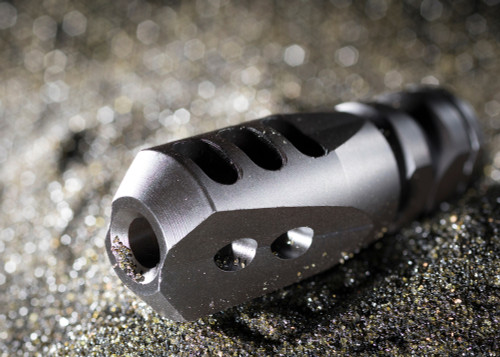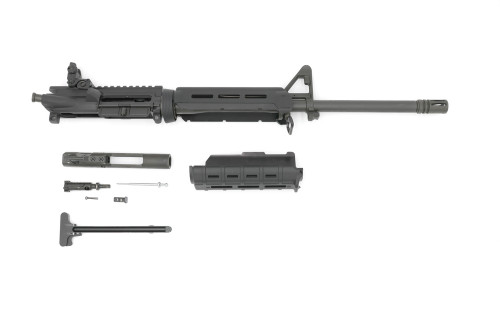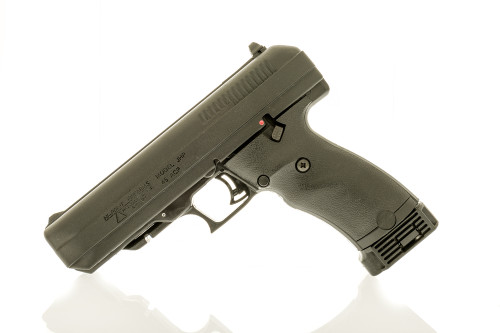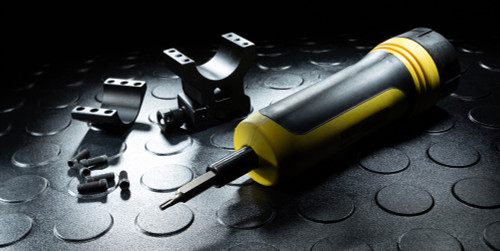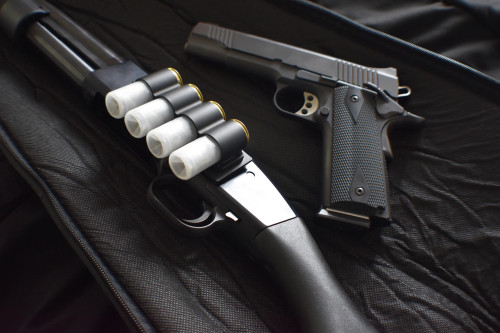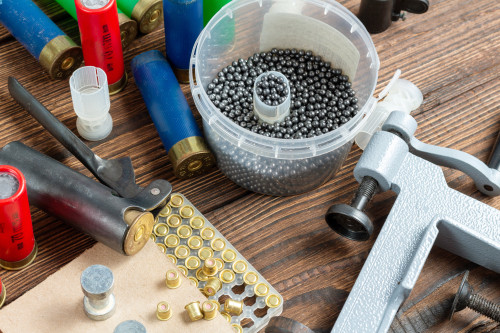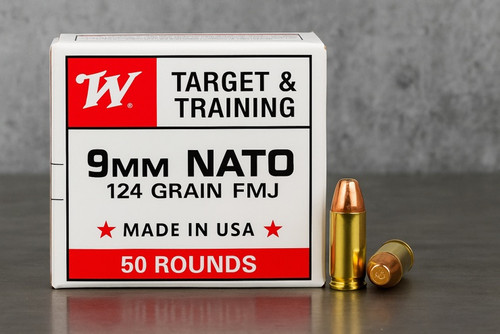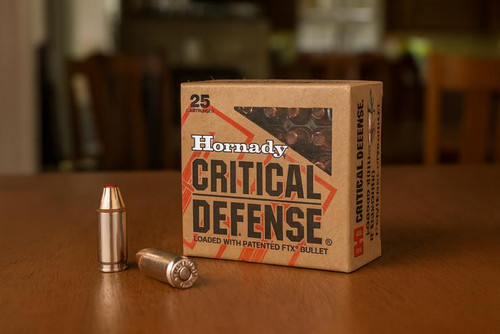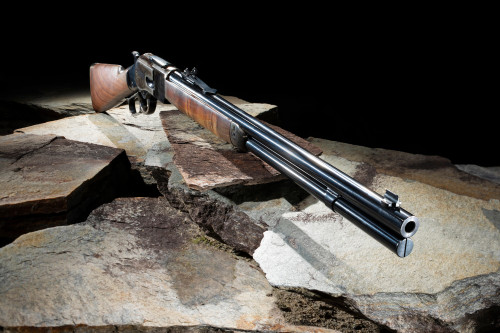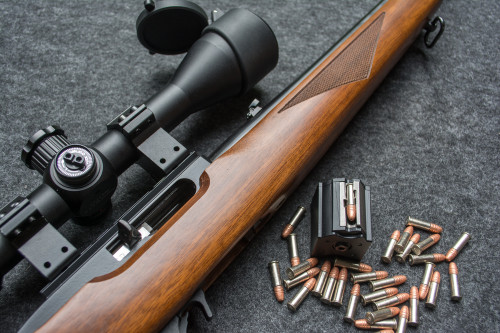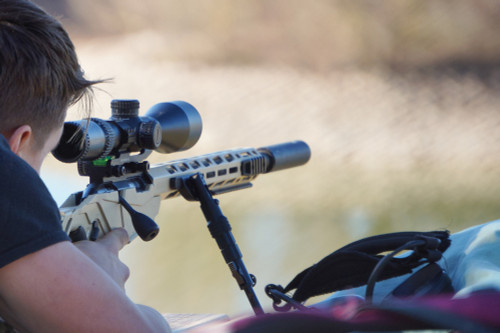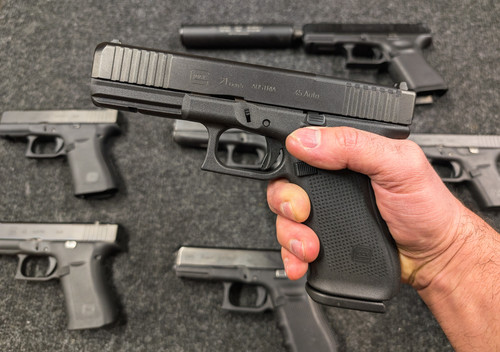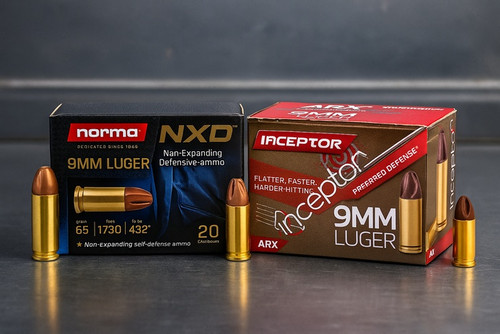The 300 AAC Blackout, or 300 BLK, has surged in popularity among AR-15 enthusiasts looking for enhanced versatility. This innovative intermediate cartridge offers compelling advantages over the venerable 5.56×45mm NATO. With only a simple barrel change, standard AR-15s can harness the unique benefits of the 300 BLK.
This caliber has been eagerly adopted for multiple applications. Short-barreled rifles and AR pistols highlight the 300 Blackout’s optimized ballistics from compact configurations. Suppressors also pair exceptionally well with the 300 BLK, enhancing suppressed fire engagements at 100-150 yards..
However, the widespread 5.56 NATO still commands legions of loyal users. Its reputation for flat shooting, light recoil, and affordable surplus ammunition is well deserved. This NATO-spec round has also benefited from decades of development as the standard for military rifles worldwide.
Determining which intermediate cartridge best aligns with your needs can be challenging. By comparing the 300 Blackout and 5.56 NATO across several aspects, this guide aims to inform your decision. Ultimately, it comes down to what you plan on using it for. If you plan to dedicate it to close quarters, the shorter barrel performance and maneuverability of the 300 BLK excel. Engagements at distances beyond 200 yards are where the 5.56 NATO has an advantage.

Walker's Razor Slim Electronic Ear Pro - Black
$54.99
at Pro Armory
Prices accurate at time of writing
We will analyze the history, ballistics, versatility, and real-world effectiveness of both rounds. Read on to discover which option prevails in your desired applications regarding versatility and firepower.
History and Development
To understand the design priorities underpinning each cartridge, let’s examine their origins and developmental arcs:
300 Blackout
The 300 BLK has a short yet influential history, evolving from the earlier 300 Whisper wildcat round. Respected suppressor builder JD Jones of SSK Industries first developed the 300 Whisper in the early 1990s. His goal was to create a versatile subsonic cartridge optimized for suppressed firearms built on the AR-15 platform.
Initially, Jones designed the 300 Whisper around heavy 220-grain projectiles. This maximized its subsonic performance when used with a sound moderator. However, the 300 BLK later standardized a supersonic option using lighter 115-125 grain bullets traveling at over 1,100 ft/s.
This supersonic load increased the 300 BLK’s versatility for short-range hunting and defensive use. The new cartridge specification also ensured broad ammunition interoperability. Its availability in standard AR-15 magazines encouraged large-scale commercial adoption.
In 2011, Advanced Armament Corporation (AAC) worked with Jones to establish the 300 AAC Blackout as a SAAMI-approved cartridge. This new unified production standard paved the way for widespread factory ammunition manufacturing. The “Blackout” branding helped market its aggressive tactical applications. As a result, the 300 BLK rapidly grew from its precision roots into one of the most popular modern sporting rounds.
5.56 NATO
The origins of the venerable 5.56×45mm NATO cartridge sprang from military necessity. Towards the end of the Vietnam War in the early 1970s, there was a growing recognition that the full-power 7.62×51mm rifle rounds in service were overpowered for most combat engagements. Firing thousands of excessively heavy bullets was exhausting for soldiers. It also severely limited ammunition capacity compared to rival Warsaw Pact arsenals.

Federal American Eagle Suppressor 300blk 220gr Ot
$27.28
at Pro Armory
Prices accurate at time of writing
Seeking a lighter-weight intermediate caliber, the U.S. Continental Army Command took inspiration from commercial .222 Remington varmint loads. They necked up this slim sporting cartridge to accept heavier 5.56mm bullets. The resulting new ammunition demonstrated favorable lethality and logistical traits.
In 1980, the 5.56×45mm round was standardized by NATO as the official cartridge for military rifles moving forward. Its notable features included lightweight projectiles traveling at high velocities with minimal recoil and sufficient terminal effects. The standard SS109 ball ammunition fires a 62-grain bullet at over 3,000 ft/s from 20-inch barrels. This allowed controllable full-auto fire with increased ammunition capacity compared to older battle rifles.
The 5.56 NATO round remains the standard chambering for military rifles around the world today. It also spawned prolific civilian spinoffs like the .223 Remington. Advancements in bullet technology continue to expand its versatility across defensive, sporting, and tactical applications in both semi-auto and select-fire weapons.
Comparative Analysis: 300 Blackout vs 556
Now let’s see how the 300 BLK stacks up against the 5.56:
Ballistics and Performance
The 300 Blackout uses heavier bullets than the 5.56 NATO, resulting in lower muzzle velocities for the BLK rounds. However, an important advantage of the 300 Blackout is that it reaches its full ballistic potential with just a 9-inch barrel. In contrast, the 5.56 NATO requires at least a 16-inch barrel to achieve optimal performance.
In terms of raw energy, typical 115-125 grain 300 BLK loads firing from short 9-inch barrels can produce around 1,360 foot-pounds of muzzle energy. Comparable military-style 55-grain 5.56 rounds generate over 1,300 ft-lbs but require much longer 16-inch barrels to reach these energy levels. When facing minimal intermediate barriers, these two cartridges demonstrate similar terminal performance and penetration from a ballistic perspective, assuming appropriate barrel lengths for each caliber.

Magtech 5.56 NATO 62gr FMJ
$26.54
at Pro Armory
Prices accurate at time of writing
However, the key difference arises when using very short barrels under 10 inches. In carbine-length barrels, the 5.56 NATO round begins to lose significant velocity and energy due to incomplete powder burn. On the other hand, the 300 AAC Blackout maintains higher residual energy from short barrels thanks to its larger case capacity and heavier powder charges. This gives the 300 BLK a substantial advantage in terms of ballistics from highly compact and maneuverable platforms.
In terms of trajectory, the 5.56 NATO does shoot flatter overall compared to the 300 Blackout. However, both calibers deliver adequate accuracy for most defensive shooting applications out to 200 yards. Beyond 400-500 yards, the 300 BLK is disadvantaged due to its rainbow-like trajectory arc and increased wind drift of heavy projectiles, requiring more skill to hit targets precisely outside of close quarters.
Thus, while the 5.56 NATO offers superior ballistic coefficients and velocities from longer 18-20 inch barrels, the 300 AAC Blackout provides more flexibility and energy transfer from short-barreled rifles and pistols under 16 inches.
Versatility
One of the 300 Blackout’s biggest advantages over the venerable 5.56×45 NATO cartridge is its versatility with different bullet weights. The 300 BLK can effectively and reliably stabilize projectiles between approximately 110 grains to 220 grains. This is why, when it comes to close range engagements, the ballistics of .300 Blackout surpasses its 5.56 bretheran in terminal energy with its heavier projectile weights. For more information on 300 AAC ballistics, check out our blog, "The Complete .300 Blackout Ballistics Guide."

Hornady 300 BLK 190gr Sub-X
$31.02
at Pro Armory
Prices accurate at time of writing
This wide variety of available bullet weights lets 300 Blackout shooters easily fine-tune their ammunition loads to fit different purposes and shooting scenarios. On the lighter end, 110-125 grain loads aimed at higher velocities are well-suited for defensive shooting applications at close ranges, as well as hunting small game.
At the other end, heavy 200+ grain subsonic loads maximize sound reduction on suppressed 300 BLK platforms due to their lower velocities. These subsonic rounds also provide straight-line ballistic performance to make accurate hits easier across a variety of ranges while delivering significant energy transfer even without high speeds.
In comparison, the 5.56 NATO cartridge performs best when using relatively light 55-77 grain projectiles. While the 5.56 is still highly effective for its designed role using these bullet weights, it does not share the same caliber flexibility and versatility that the 300 AAC Blackout affords. The ability to effectively shoot both supersonic and subsonic loads with a wide gamut of bullet weights makes the 300 BLK the more versatile overall choice.
Pros and Cons
Now let’s summarize some of the key advantages and tradeoffs when choosing between 300 Blackout vs 5.56:
300 Blackout
Pros
- Optimized for shorter barrels down to 7 inches
- Great performance when suppressed
- Heavier bullets have better barrier penetration
- Versatile range of bullet weights available
- Adequate accuracy inside 200 yards
Cons
- Ammo costs more than 5.56 NATO
- Rainbow trajectory at longer ranges
- Heavier bullets have more recoil
- Less available than 5.56 NATO
5.56 NATO
Pros
- Very flat shooting trajectory
- Light recoil for quick follow-up shots
- Abundant ammo choices in this popular caliber
- High velocities from 16+ inch barrels
- Very affordable plinking and practice ammo
Cons
- Requires longer barrels for ideal ballistics
- Louder and greater blast when suppressed
- Limited bullet weight options
- Less barrier penetration with lightweight bullets
As we can see, both intermediate cartridges have their pros and cons across different attributes. Your preferences and needs will determine which set of tradeoffs fit your situations best.
Practical Applications
Now let’s see how the 300 Blackout and 5.56 NATO stack up in real-world scenarios:
Home Defense
For home defense, shooters value maneuverability and the hearing protection provided by suppressors. This is an area where 300 BLK shines. Its full-power loads from short barrels allow the use of suppressors without losing terminal performance. This gives excellent low-light capabilities indoors.
However, the 300 BLK’s heavy bullets penetrate barriers very effectively. In apartments or multi-family dwellings, 5.56 rounds that fragment rapidly may help reduce risks to neighbors. But the NATO cartridge needs longer barrels to function best, which could snag indoors.
So, for suburban houses, the 300 Blackout has advantages thanks to suppressors and compact weapons. But the 5.56 NATO’s fast-tumbling projectiles may suit dense neighborhoods better.
Hunting
When hunting medium game like deer and hogs, the 300 BLK has superior knockdown power over the 5.56 NATO. The Blackout’s heavy bullets provide deeper penetration to reach vitals and punch through thick hides and bone.
Furthermore, precision loads using expanding projectiles give the 300 BLK the higher terminal performance needed for ethical hunting. The 5.56 NATO is unsuitable for deer-sized animals in most states due to inadequate penetration.
For varmints and predators, the flat-shooting 5.56 has the velocity to make longer headshots if required. But the flexibility of 300 BLK loads means it can humanely take these smaller animals too. Its ability to swap heavier bullets makes the Blackout the more versatile hunting choice overall.

Recreational Shooting
For less serious range use, plinking and target shooting come down to ammunition cost and rifle configuration. Surplus 5.56 NATO ammo is cheaper than 300 Blackout rounds, allowing more trigger time per dollar. However, the Blackout’s subsonic loads provide a quieter shooting experience from suppressed weapons.
The 5.56 NATO performs best from 20-inch barrels, while 9 inches is enough for the 300 BLK. These factors should be considered depending on your firearm type. In terms of recoil and accuracy, both calibers are easily controllable past 100 yards in casual shooting.
So bulk-buying shooters may favor affordable 5.56 NATO ammo for high-volume practice. However, the 300 BLK offers more flexibility for recreational use depending on whether suppressor use is desired.
Safety Considerations
It’s worth reiterating that the potential for cartridge confusion requires vigilance when using 300 Blackout ammo. While not as similar in size to the 5.56 NATO as previously indicated, with the 300 Blackout being shorter and fatter, resembling more closely the 7.62x39mm cartridge, it’s still possible to confuse them due to careless handling.
Always triple-check your ammunition before chambering any rounds. Use dedicated lowers, magazines, and labeling to differentiate calibers. Consider buying 300 Blackout ammo in distinct cases instead of loose packaging to minimize mix-ups. Stay alert and help prevent accidents by following these best practices.
Conclusion
In the match-up between 300 AAC Blackout vs 5.56×45 NATO, both cartridges offer useful performance for AR-15 users. The 300 BLK trades raw ballistic energy for versatility across a range of bullet weights. This lets it optimize specific applications, from home defense to hunting.
The venerable 5.56 NATO cannot match the flexibility of the 300 Blackout. But its flat shooting accuracy and widespread availability continue to serve defensive and sporting shooters well.
There’s no definitively superior option. Rather, it comes down to the trade-offs between versatility, barrel length, suppression qualities, and shooting applications. Hopefully, this detailed comparison of the 300 BLK and 5.56 has provided the insights you need. Assess your priorities and needs, then choose the capabilities that best align with your specific scenarios.
Frequently Asked Questions
What is the effective range of 300 Blackout vs 5.56?
The 300 BLK maintains adequate accuracy within 200 yards when using modern expanding bullets. The 5.56 NATO maintains a flatter trajectory that keeps it accurate past 600 yards in capable hands using match loads.
Does 300 Blackout have more stopping power than 5.56 NATO?
The 300 BLK’s heavier bullets make it the harder-hitting choice, with greater momentum and penetration. But real-world terminal effects depend on shot placement and bullet construction more than caliber comparisons alone.
Is the 300 Blackout compatible with standard AR-15s?
Yes, the 300 BLK uses normal AR-15 bolts and magazines. Only the barrel needs changing to convert 5.56 NATO guns to fire 300 Blackout rounds.
What is subsonic 300 Blackout ammo good for?
Full-power 300 BLK loads are supersonic for hunting and defense. Subsonic ammo maximizes sound reduction on suppressed weapons for discreet shooting.
Is 300 Blackout good for long range shooting?
Due to its ballistic arc, the 300 BLK is not an ideal extreme long-range cartridge. It can hit man-sized targets out to 300-500 yards in capable hands but loses energy rapidly past this distance.
Is the 300 Blackout more expensive to shoot than 5.56 NATO?
Yes, 300 BLK ammunition does cost more per round over the widespread 5.56 NATO cartridge. However, its versatility can justify the price premium for certain users.



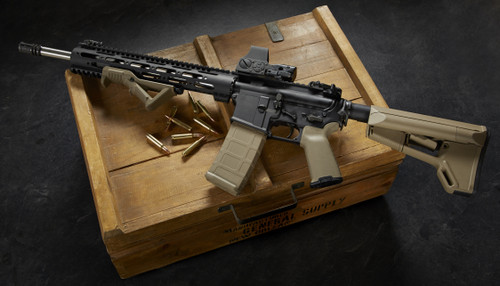
 Pro Armory Editorial Team
Pro Armory Editorial Team







